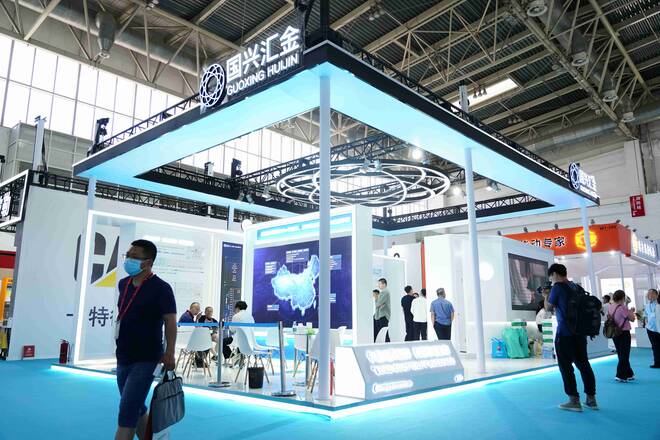
This well is part of a Wells that have been shut in for a long time in a certain oil field. Itwas completed using casing cementing and perforating methods. The well depth afterdrilling is 2950 meters, with a maximum inclination angle of 2.45°. The target formationis subdivided into 47 smaller layers.
The oil layer has a large vertical span, significant differences in physical properties, and strong heterogeneity both in the horizontal plane and between layers. After the well was put into production, the water cut increased rapidly, the dynamic liquid level dropped significantly, and the formation energy was depleted. The liquid production from the well declined sharply. Due to high water cut and low oil production, the well was shut in for over six months.
Our company adopted a semi-permanent method to fix the distributed fiber optic cable outside the tubing to the target depth. Distributed temperature data along the entire wellbore was recorded under different operating conditions, and vibration data were collected using DAS (Distributed Acoustic Sensing) to assist in solving the distribution characteristics of the production profile. The water cut at the wellhead was approximately 99.3%, with a daily oil production of 0.25 m³. The majority of the produced water was from the L1 layer, accounting for 95% of the daily water production. Other layers, such as L2 and L3, had remaining oil but no production was observed during the testing process. Analysis showed that the water production from the L1 layer limited the productivity of other layers. Based on the results, it was recommended that the client block the L1 layer to release production from other layers (including L1, L3, etc.).
Based on the results of the distributed fiber optic logging interpretation, the main limiting factors of the well’s productivity were identified, and measures were adjusted accordingly. After the adjustment, the water cut decreased to approximately 72%, a reduction of more than 26%. The daily oil production increased to a maximum of 5 m³ and stabilized at around 3 m³. The post-fiber optic monitoring showed significant water reduction and oil increase, effectively improving the single well’s productivity.

